Search results for: “cliff rigg quarry”
-
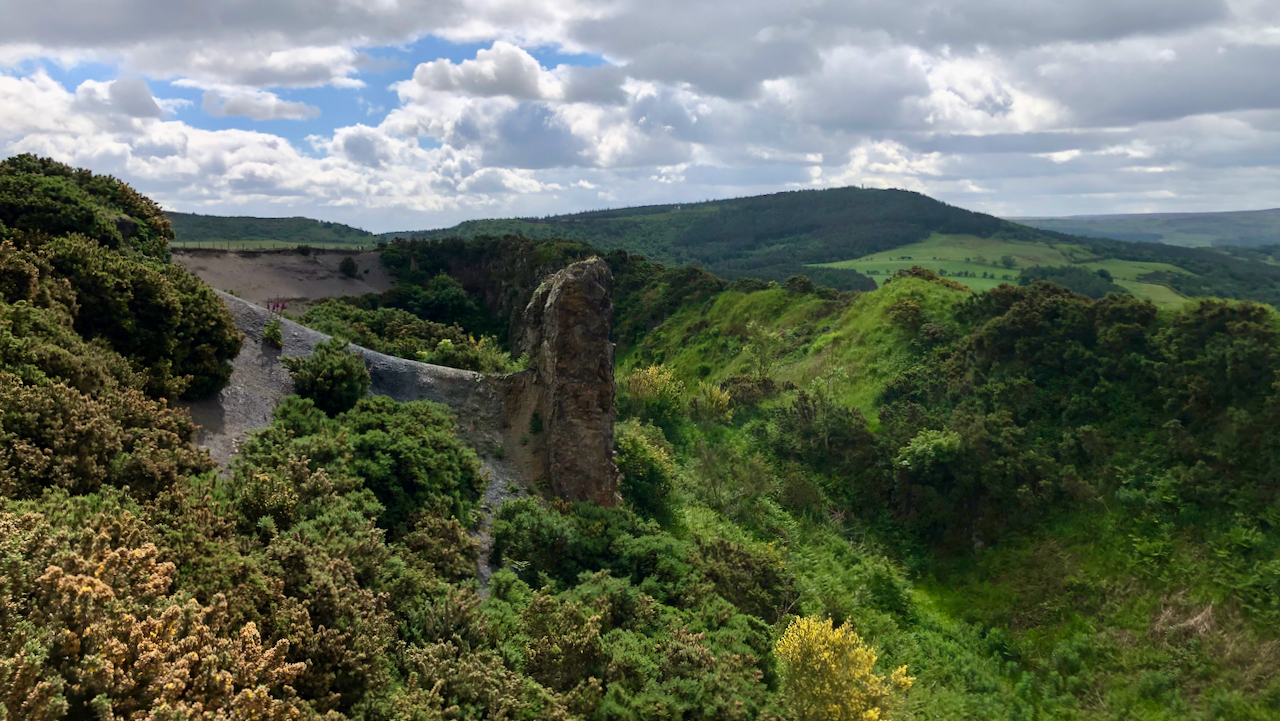
Cliff Rigg Quarry
A shortish walk up to Cliff Rigg, to the great hole left from the extraction of whinstone in the 19th-century. The whinstone is from a dyke, about 25m wide, of igneous rock that was injected through the local sedimentary strata about 59 million years ago, originating from a volcano centred on the Island of Mull…
-
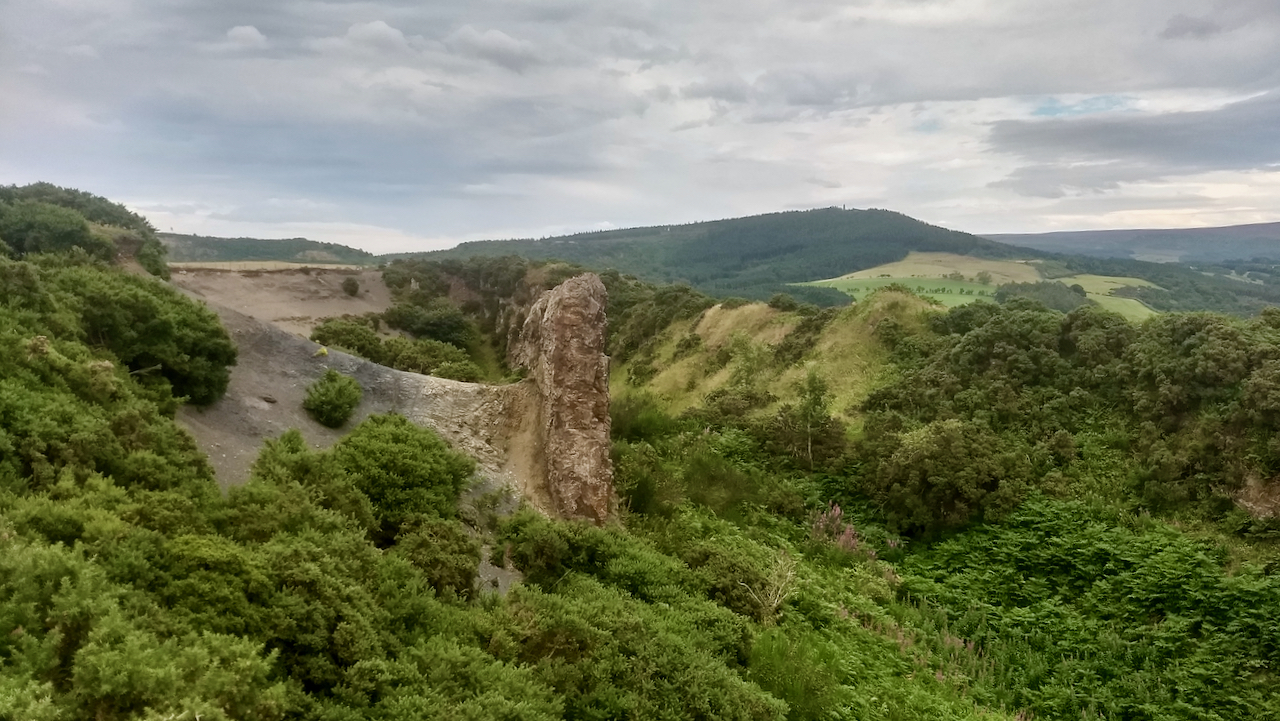
Cliff Rigg Quarry
Feeling under the weather so haven’t ventured far. Two ascents of Cliff Rigg with its huge hole left by the whinstone industry. The tooth of rock is the remnant of a wall of whinstone left as shoring to stop the weaker shales from collapsing. In the distance, is Capt. Cook’s Monument of Easby Moor Open…
-
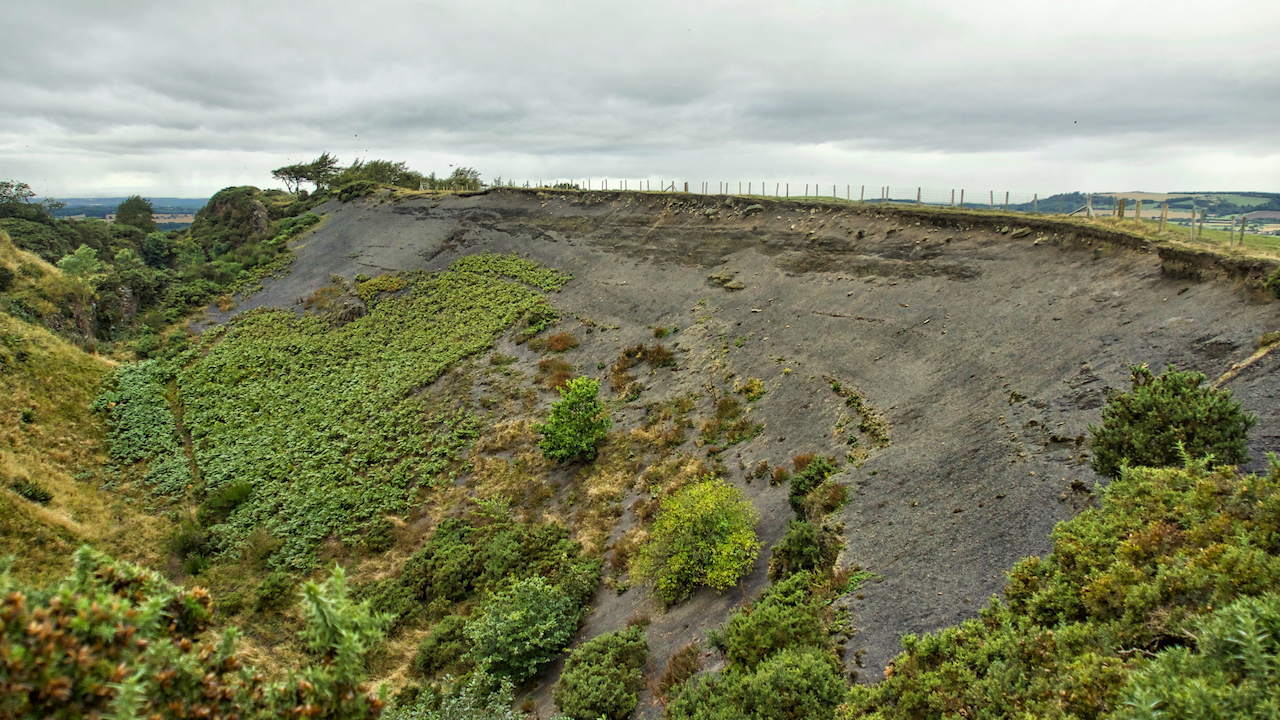
Cliff Rigg Quarry
It was the extensive quarrying of whinstone during the 19th and early 20th centuries that created this massive gash in Cliff Rigg. Extremely hard, this narrow wall of igneous rock was formed by molten larva protruding through the sedimentary layers and was much valued for cobble setts and in road building. It has been almost…
-
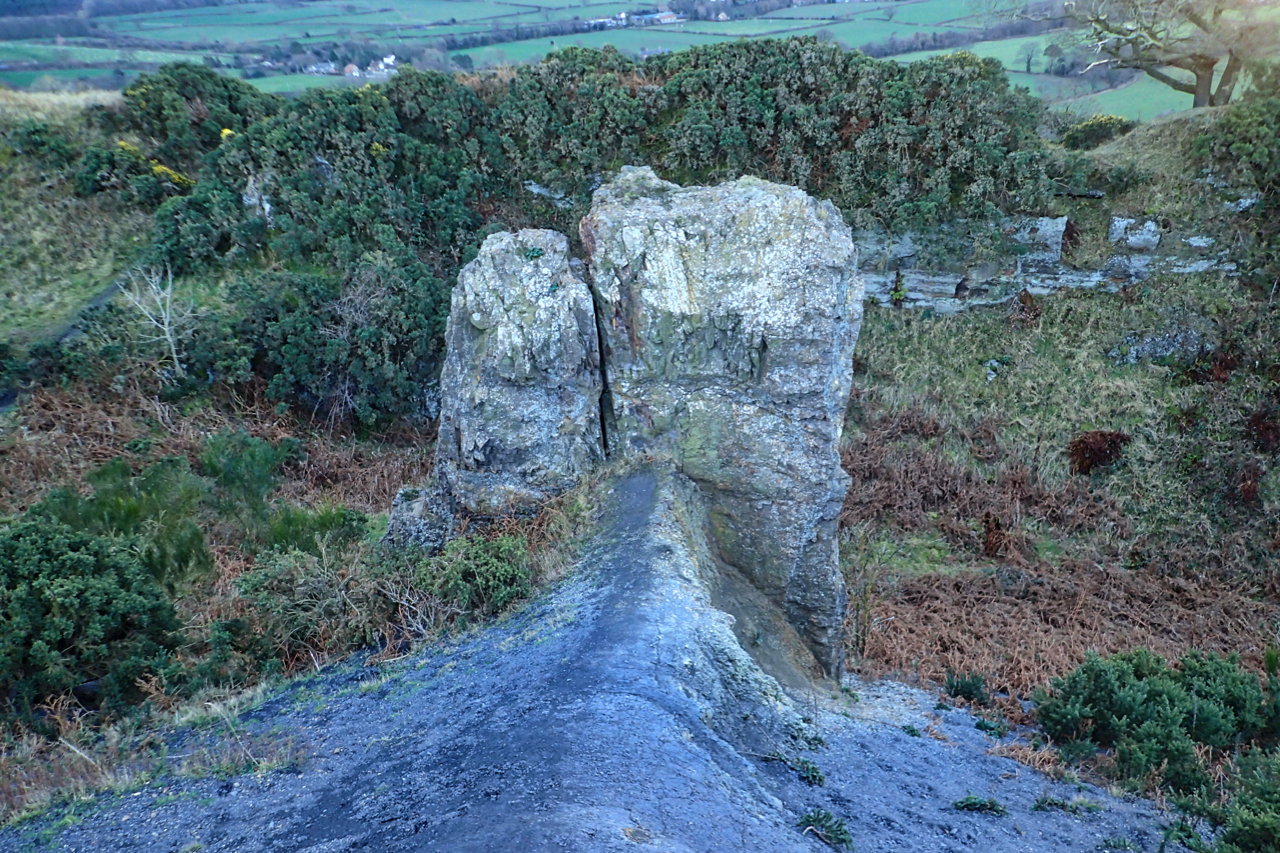
Cliff Rigg Quarry
Former whinstone quarry that dominates the modest Cliff Ridge overlooking the village of Great Ayton. The whinstone seam is part of the Cleveland Dyke, a protrusion of very hard volcanic rock cutting through the surrounding soft sedimentary rocks. It was formed 58 million years ago from a volcano near the Isle of Mull and can…
-
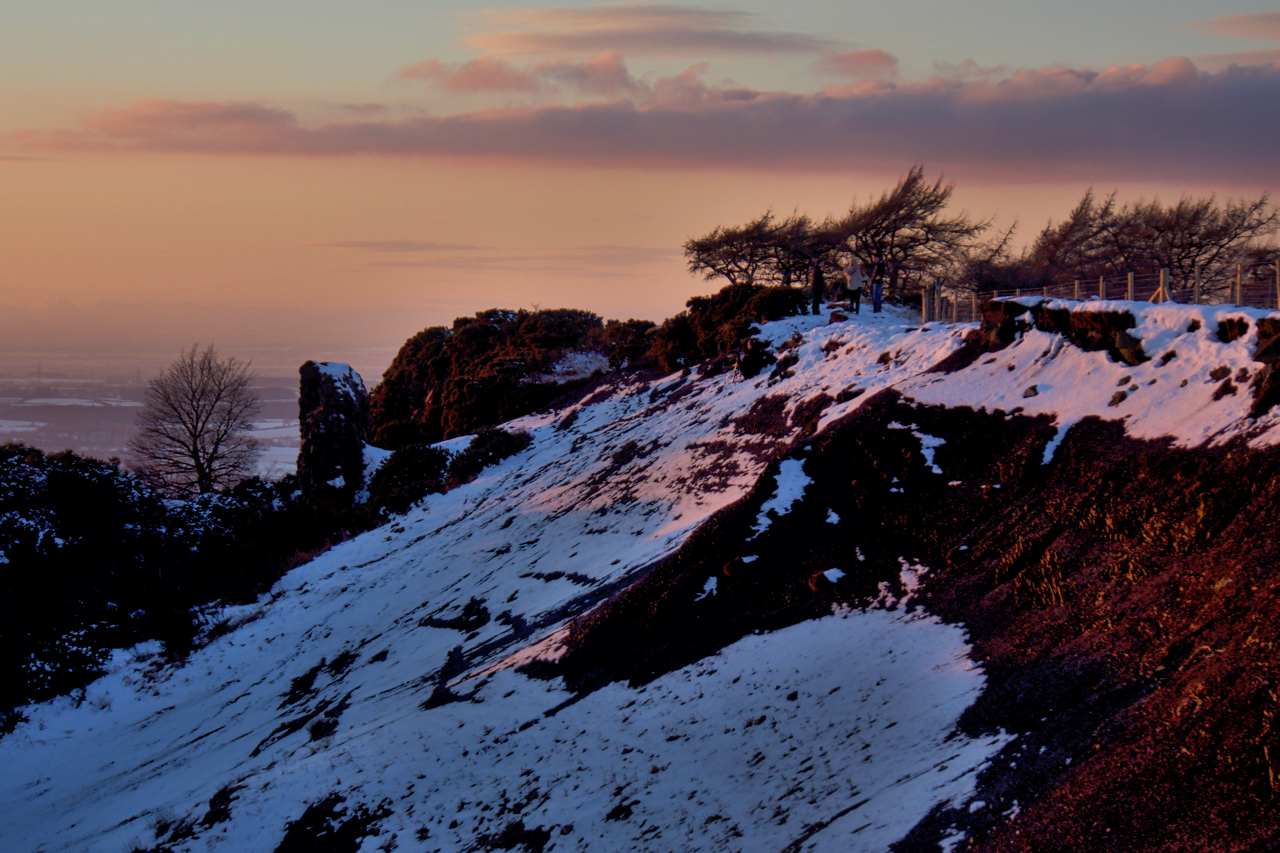
Sunset on Cliff Rigg Quarry
Headed up to Cliff Rigg to view the sunset which sort of fizzled out. The ridge is part of the Cleveland Dyke and is a protrusion of very hard volcanic rock cutting through the surrounding older sedimentary rocks. Formed 58 million years ago from a volcano near the Isle of Mull, it outcrops in many…
-
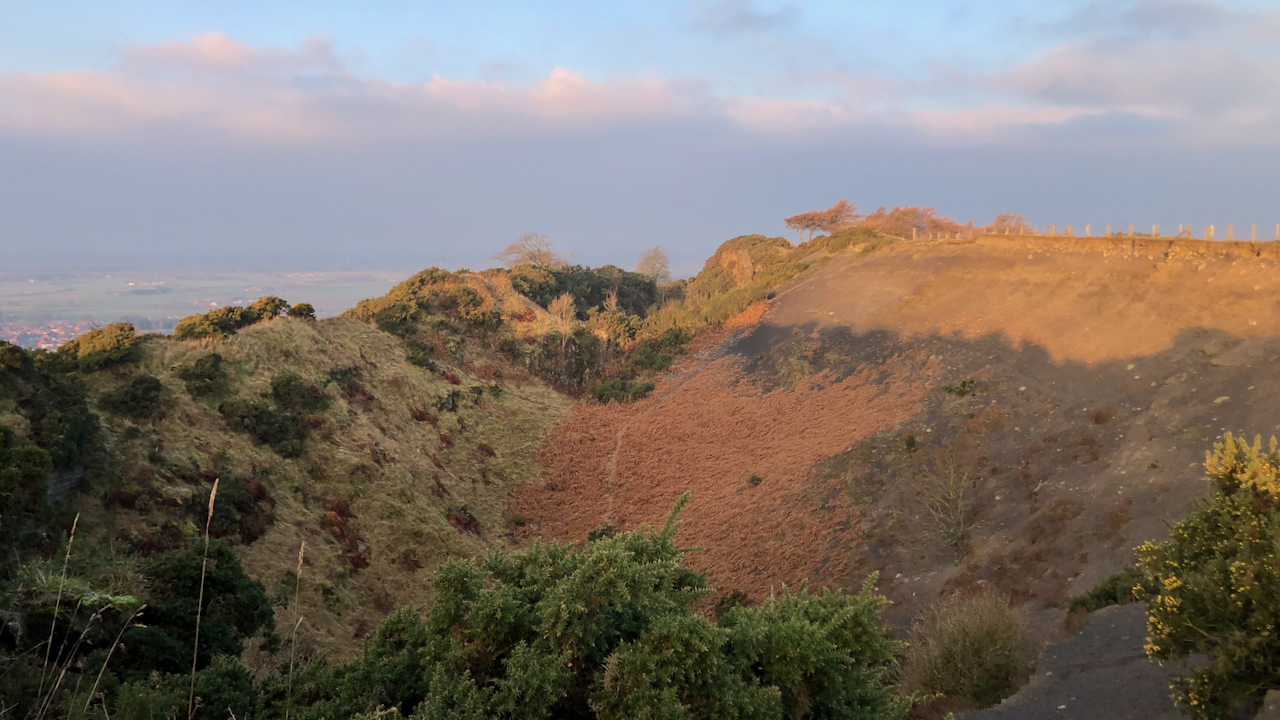
An early run taking in the top of the quarry at Cliff Rigg
A super morning, dry and sunny with some noticeable southerly winds. To the west, a large bank of cloud looks ominous but kept its distance. The quarry, now under the custodianship of the National Trust, is the result of the extensive extraction of Whinstone or dolerite, an extremely hard igneous rock that was ideal for…
-
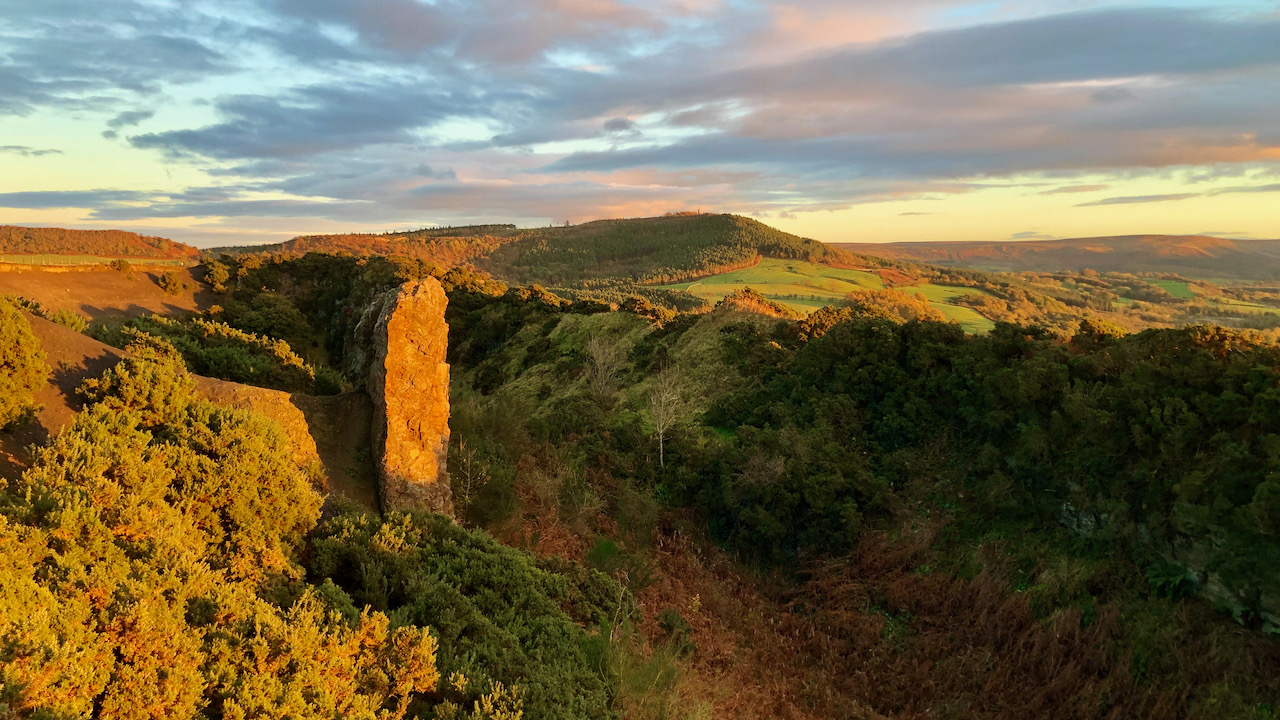
Late afternoon on Cliff Rigg
A morning spent volunteering alongside the National Trust, cutting sycamore saplings in Cliff Rigg Wood. Not exactly a photogenic opportunity, but later the dog was insistent that we ascend the ridge to bask in the waning afternoon sun. There, the lighting nicely highlighted a strange remnant from a bygone industrial era, the rocky pinnacle once…
-
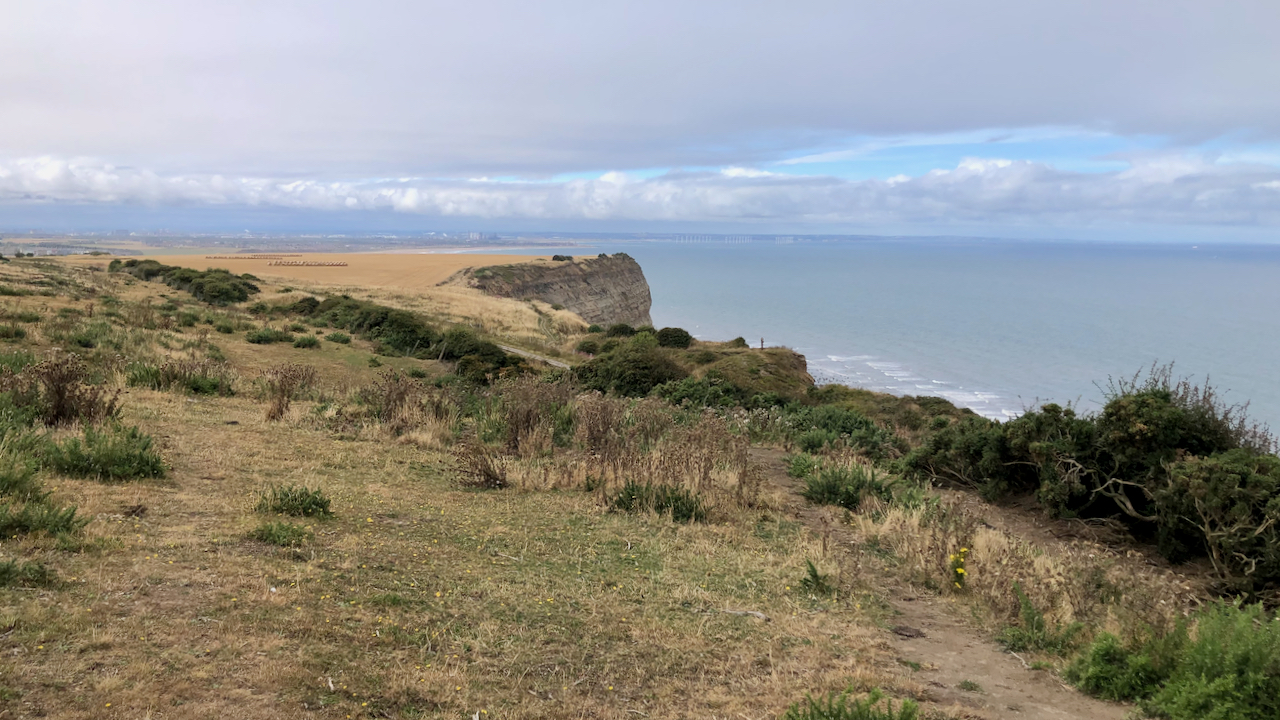
Cliff Ironstone Quarry
One of the lesser known ironstone mines in Cleveland. Well, actually it was a quarry for the first 8 years of its operation from 1857 to 1865. An account published in 1866 by ‘J.G.’ is interesting: Enchanting as everything appeared we had no time to linger, so we began our trip from the beach and…
-
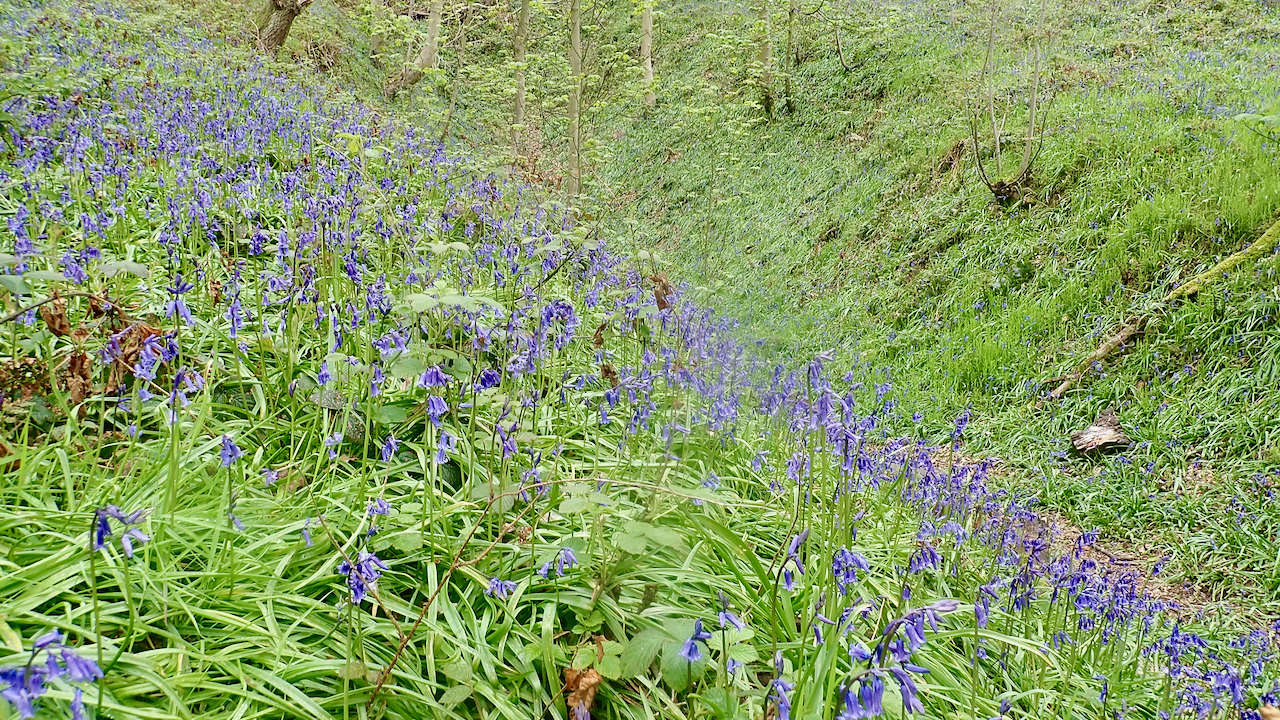
Bluebells in Cliff Rigg Wood
Another wet morning. The bluebells seem to be slow this year, although perhaps still a bit early. Cliff Rigg Wood is south facing so the flowers emerge earlier than in the north-west facing Newton Wood. These bluebells are in a gulley which is in a bowl at the south-east end of Cliff Rigg Wood known…
-
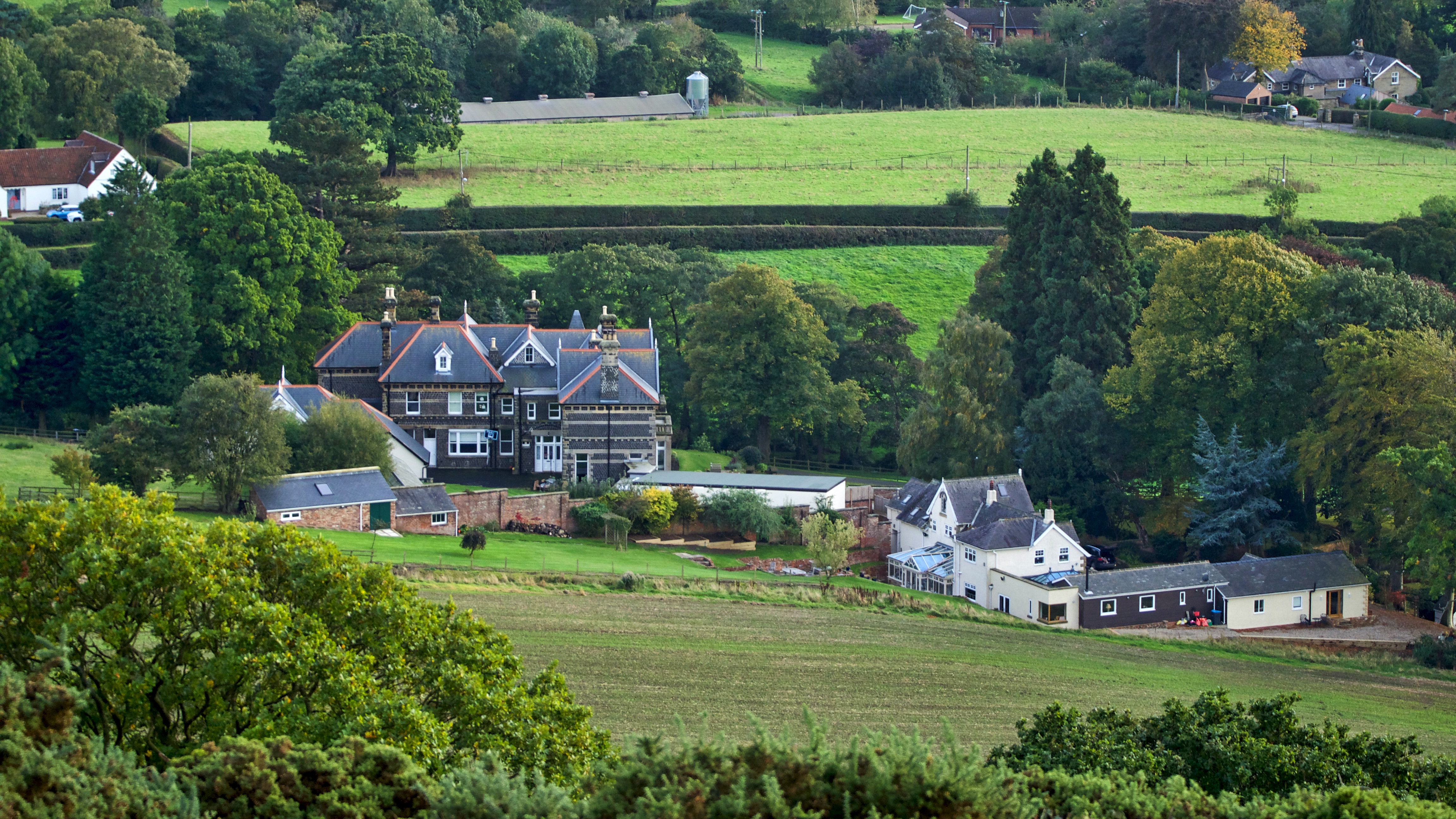
Undercliffe Hall
I have posted many times about the whinstone quarry at Cliff Rigg near Great Ayton. It was a major industry for the village. The whinstone was an extremely hard basalt rock and used mainly for road surfacing. It could be knapped into setts and it was frequently said that the streets of Leeds were cobbled…